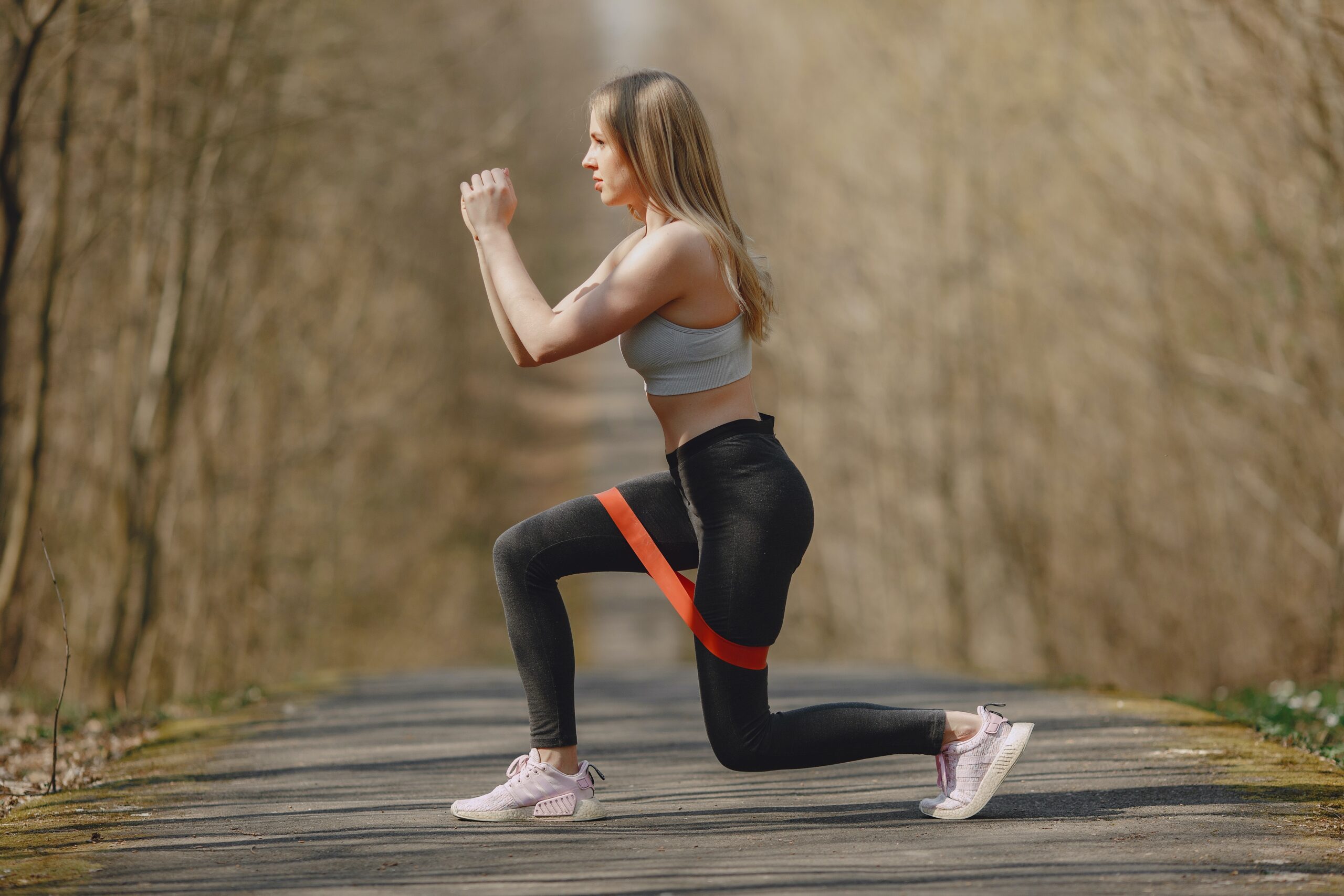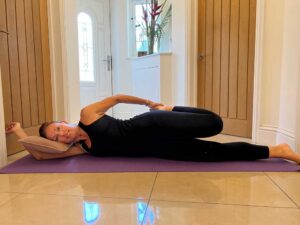As the London Marathon approaches, March is usually the time runners will present to Physiotherapy with injuries as their weekly training mileage increases and with their long runs extending up to 16 – 20 miles.
Training volume and load are the key factors associated with 60-70% of the development of running related injuries (RRI) with many marathon runners making common training errors, such as running more than 5 days a week, training over 40 miles a week and returning to running too soon post injury. Other contributing factors are inadequate muscular strength, abnormal patterns of movement and poor biomechanics.
Since Covid, running has increased in popularity and is seen as an easy, effective exercise to improve our cardiovascular fitness. Running however, especially in marathons and triathlons, represents a high-risk activity. Did you know that each foot strike represents 2 to 3 times your body weight and on average, there are 8,100 foot strikes for a 45 minute run! Running is so impacting on your joints which is why Physiotherapists will always encourage non-weight bearing sports like cycling and swimming, especially during your rehabilitation.
Of the main running-related musculoskeletal injuries Physiotherapists encounter, 30-40% are centred around the knee (iliotibial band syndrome, patellofemoral joint pain, fat pad irritation, patella tendinopathy), 25% are leg related (abductor strain, gluteal bursitis, gastrocnemius/hamstring and quadriceps strain) and a further 15-25% are around the foot and ankle (plantar fasciitis and achilles tendinopathy).
Strength and Conditioning:
Current research highlights the importance of incorporating strength and conditioning or resistance training as part of your marathon training programme which can lead to 50% reduction in overuse injuries. Runners typically avoid this aspect of training due to several myths – ‘I will get bigger,’ ‘It will slow my running,’ ‘My muscles will get tight,’ ‘I might get injured,’ when in fact the opposite is true.
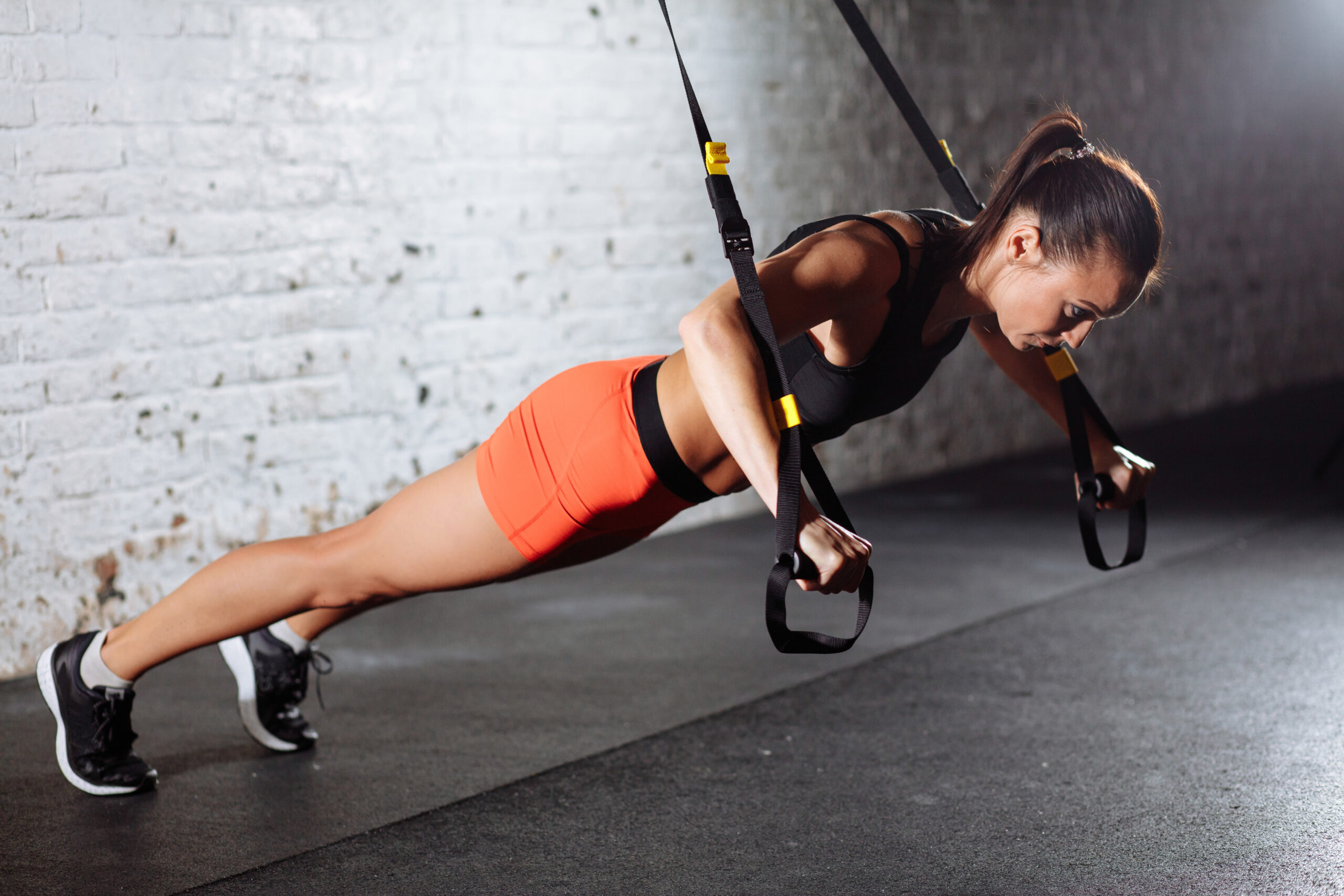
Resistance training for runners reduces injury risk by altering loading on joints. It improves running efficiency and enhances running performance by 8-15%. If you don’t believe this, check your 5km time at the start of your resistance training and recheck it at 6 weeks. You will be amazed with the results – feeling stronger, more stable and actually running faster!
Often runners present to Physiotherapy with pain in their hamstrings, tensa fascia lata and piriformis muscles when in fact the cause of their pain is from underactive and weak gluteus maximus muscles.
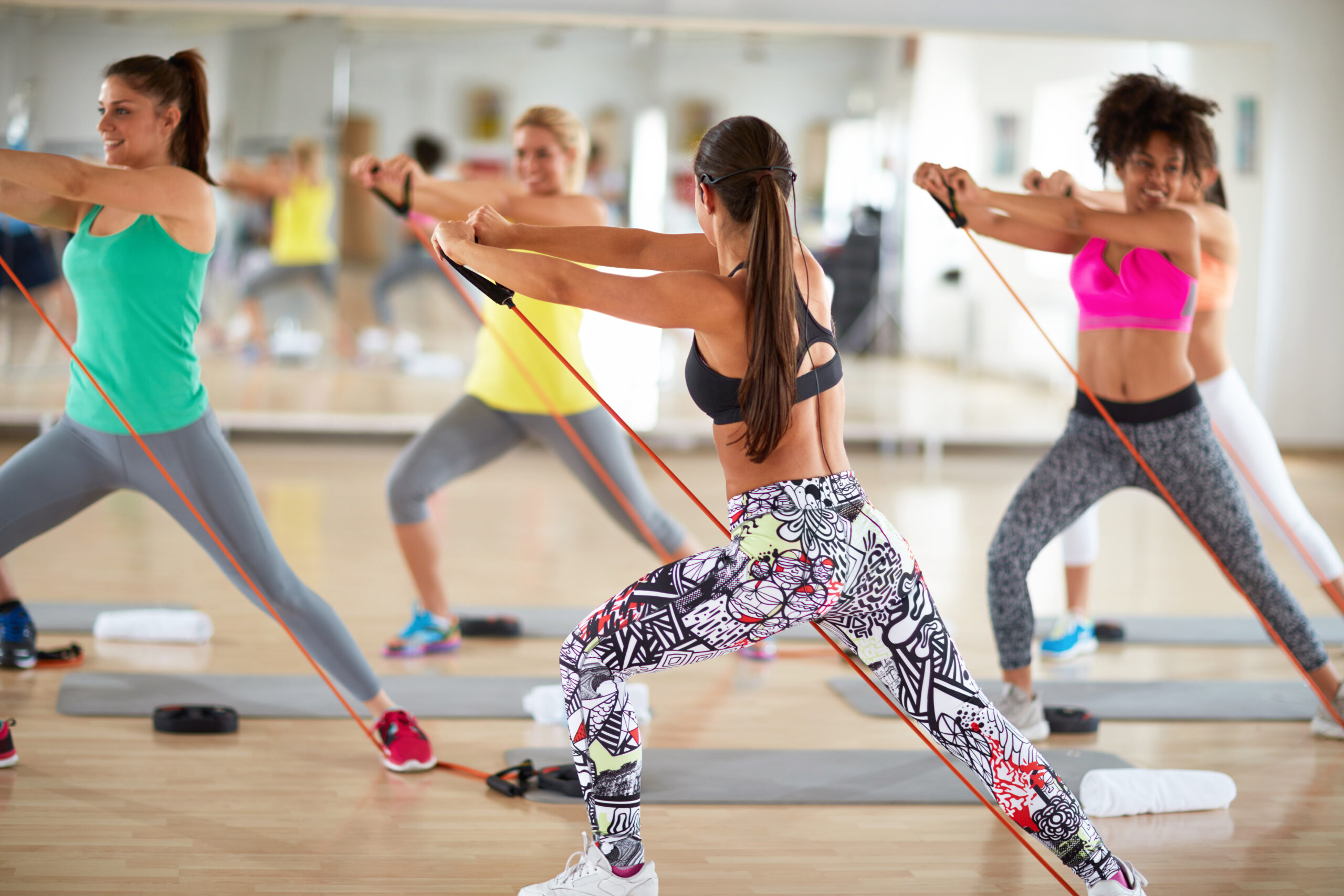
If you have access to a gym, your resistance training should focus specifically on posterior chain strengthening (lats, erector spinae, hamstrings and calf muscles) and hip strengthening (gluteus maximus and medius) – standing leg curls, single knee dips, leg press, squats with barbell, step ups, dead lifts, and standing calf raises are all good examples .
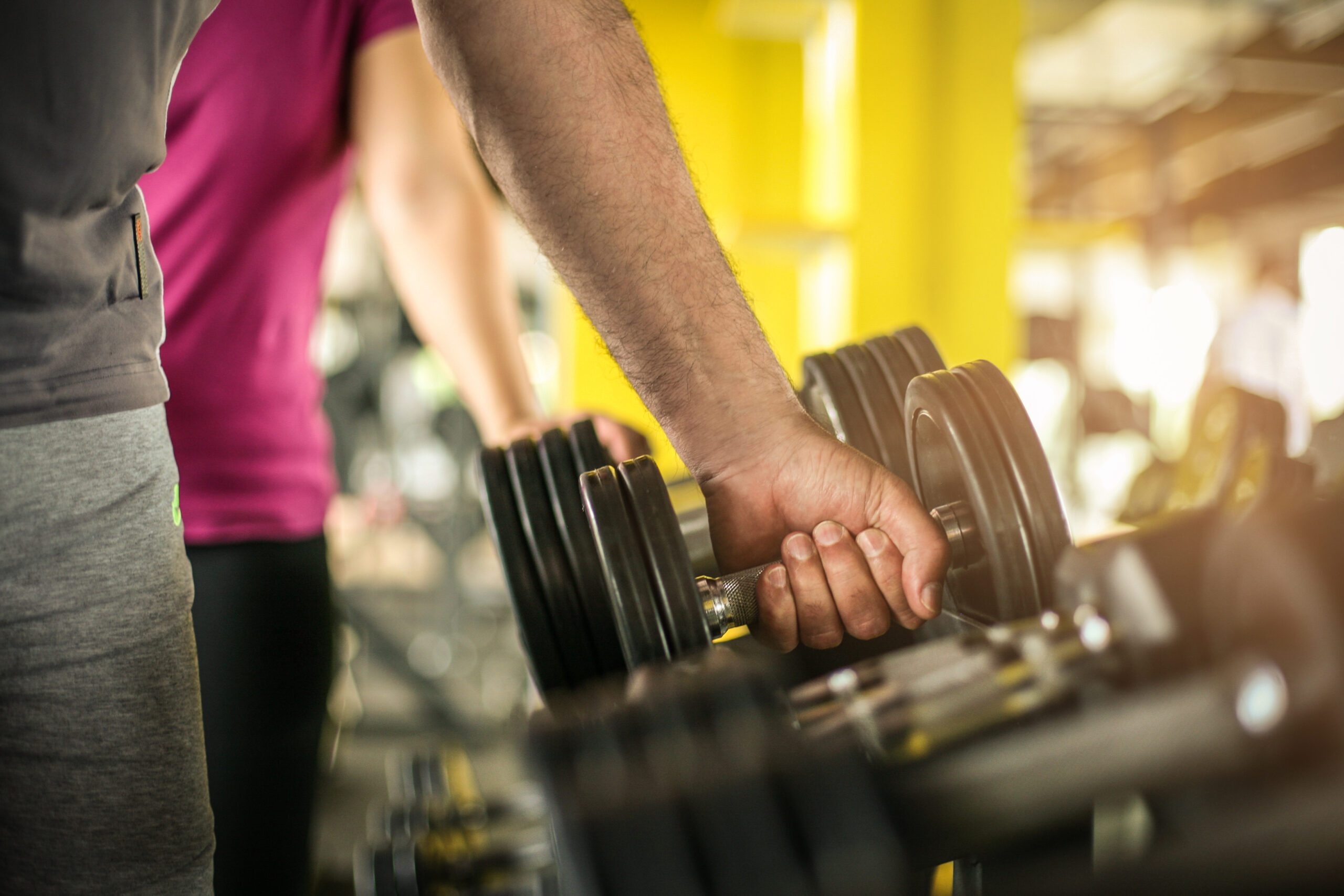
Try to mix up your resistance training with dumbells, machine weights, kettlebells, medicine balls and TRX and always seek the help of professional personal trainers who will be able to guide you on repetitions and volume. For runners, strength (6 reps 2-6 sets) and endurance (12-25 reps 2-3 sets) are the most relevant. Remember to change your programme every 3-4 weeks to develop further strength gains.
Attending a reformer pilates class is another great form of resistance training whereby instructors can help you reproduce a running action to fire up your posterior chain, especially gluteus maximus.
To get the best of both cardiovascular gains and strength gains, ideally you should aim for 3 times a week running and 2 times a week strength and conditioning..
Key Considerations for a graded return to running after injury:
It is important to consider the amount of time laid-off from running and to start at 50-60% of pre-injury state. Increasing mileage too quickly or making a sudden change in the training programme, such as adding hills or sprints, can result in the return of pain and dysfunction.
- Start on softer surfaces such as grass or an athletics track and avoid a treadmill or narrow straight trail
- Always include a dynamic warm-up by moving your joints through their range of motion (ROM) to improve circulation and reduce injury
- Avoid running on consecutive days for the first month
- Cross train – consider cycling, swimming, yoga and strength/resistance training
- Increase speed gradually once form and confidence improves
If you are struggling with a niggling running injury, need some advice on a return to running post injury or to book in for that long overdue massage to aid muscle recovery, please contact ‘Marie Daniels Physiotherapy’ now on 07920112209 or e-mail [email protected]

